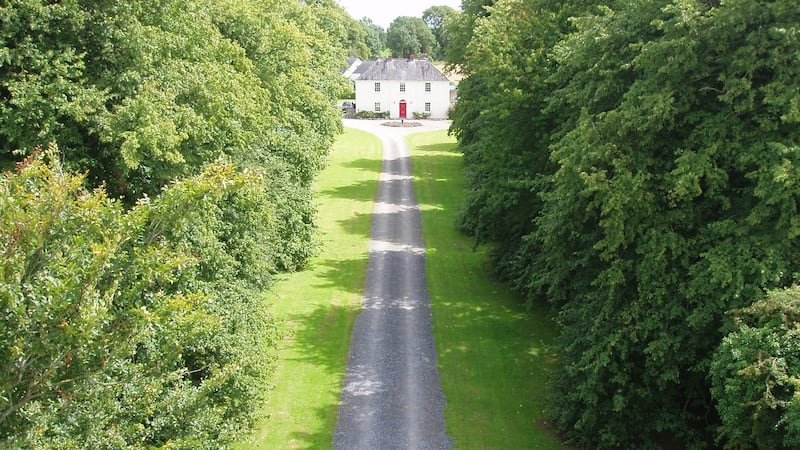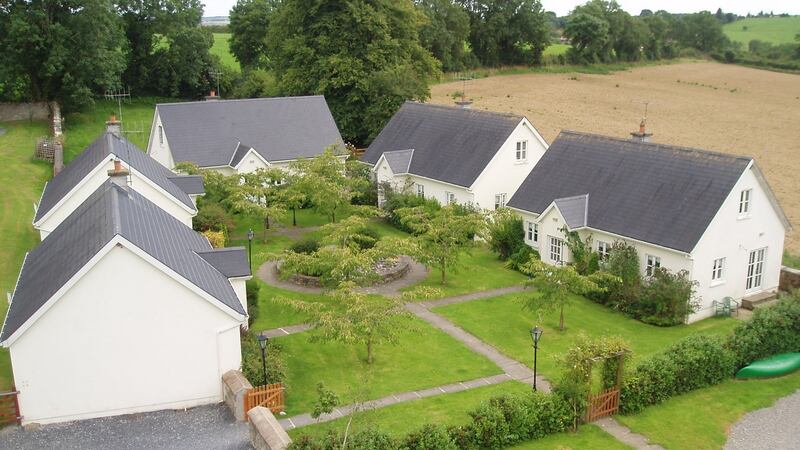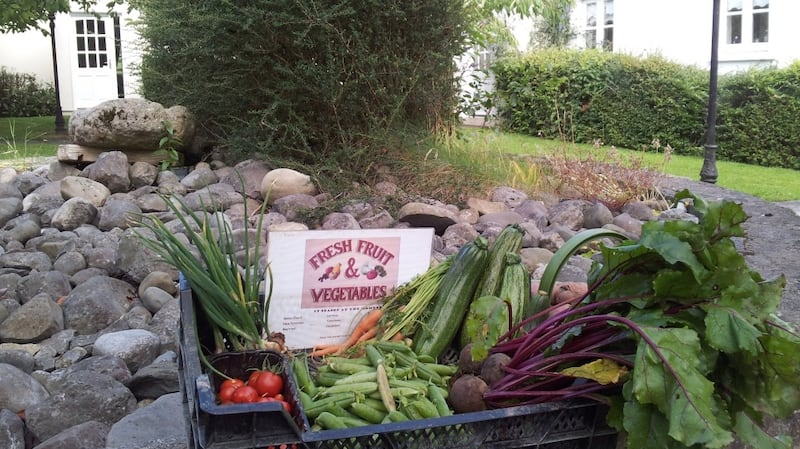Fifteen years ago Francis Nesbitt had a career in IT and lived in the heart of Dublin. But he always hankered after a big old house in the countryside and, after renovating a property in Kilkenny in 2000, got a taste for restoration and three years later bought a recently refurbished house in the area which still needed a lot of work.
“My first renovation project was on an old farmhouse which my partner and I fully restored, so when I came across the 18th century Croan House in Dunnamaggin, also Kilkenny, I knew it was something I wanted to get stuck into,” says Nesbitt.

“In the 1990s the house was completely derelict and actually had animals living in it. In fact, I heard a story of a cow which had to be shoved out an upstairs window – a soft landing was provided – as it wouldn’t go down the stairs and out the door. But it was then bought and the owner, who had it before me, did a good deal of work so it was habitable when we moved in, but there was still a huge amount to be done.”
Nesbitt, who is married to Niamh and has two children – Charlie (11) and Martha (10)– says as with any large building project, he got the big jobs out of the way first.
“I learned from my previous restoration that the most important thing is to start with the aspects which need the most work and cause the most mess,” he says. “So the first thing to do was make it comfortable and keep winter in mind all the time. This meant that we tackled draughts, insulation and putting in stoves instead of fireplaces – even though there was a fantastic fireplace in the dining room which was big enough to stand up in, but it just didn’t give out any heat.”
Further work included insulating and adding timber floors, repairing sash windows with double-glazed panels, and insulating the external walls.
Sprawling estate
Once the place was cosied up, the 47 year old, who did most of the work himself along with the help of a neighbour, set about internal decoration and getting to grips with the sprawling estate – that also included five self-catering cottages. These were not only critical to bringing in some income to feed the ever dwindling kitty, but were ideal to decamp to when building work got too intense.

“Having the self-catering cottages on site was great as they had been fully refurbished when we bought the place so were totally ready to rent out and we were able to move into one while major works were being done on the house,” he says.
In total, with painting and decorating and other internal jobs, it took about three years for the house to be finished, says Nesbitt. Then it was time to tackle the grounds which had become neglected throughout the building work.
“I am always looking for a project, I began working on the grounds as soon as I could. Some of the fields were like forestry land and I spent hours hacking away to try to clear some space,” says Nesbitt, who was rewarded with a fantastic find when he discovered evidence of an old walled garden.
It took Nesbitt (and his pigs) two years to clear the garden of vegetation and another year before the walls were repaired and the gates replaced. And once it was made rabbit-proof, he set about laying out beds along the original lines.
“The walled garden is about an acre in size and now provides food for us and the guests who stay in the cottages,” says Nesbitt, who runs a web development company alongside his roles as gardener and host. “It provides winter feed for the animals which include sheep, goats, pigs, a cow, some alpacas and peafowl, chickens, turkeys and ducks. In turn, the animals provide us with meat produced to the highest welfare standards, the chickens and ducks give us eggs, and the peacocks and alpacas look great and are a huge hit with the guests.”

The addition of beehives provides a supply of honey and, more importantly, good pollination for the fruit and vegetable crops. And in recent years, Nesbitt has started giving day-long courses in butchery, small-holding bee keeping and foraging.
“We also run longer two or three-day residential cookery courses where participants stay in the holiday cottages onsite and the courses are immersive and inclusive,” he says. “We learn together, eat together and generally just hang out for the weekend. And in recent years I have hosted events at food and gardening festivals to help smallholders gather and share their knowledge with each other with those interested in living the good life.”
Renovation rules
There are a few basic rules which apply no matter how big or small a country renovation project may be, he says.
“Croan House was a big undertaking but I had done it before so knew where I had gone wrong and this is something that people really need to be aware of,” he says. “I would advise anyone taking on a renovation job to visit some houses and talk to people who have experience as they will reveal what mistakes they made and this will help enormously.
“Whatever budget you set, it won’t be enough as there will always be complications along the way, so make a contingency plan and remember that it will all be worth it in the end.”












